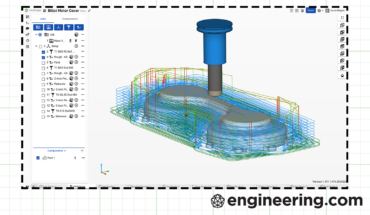Microsoft released Windows 11 in 2021 as the successor of Windows 10. Unlike previous Windows systems, Windows 11 came with an updated set of system requirements.
Main requirements included a relatively modern CPU and support for TPM 2.0. PCs that did not meet the requirements could not be upgraded to Windows 11 using Windows Update.
While Microsoft introduced bypasses to install Windows 11 on devices that do not meet the system requirements, it warned users of the consequences. PCs that do not meet the system requirements of Windows 11 are not entitled to receive updates, according to Microsoft.
While cumulative updates have installed fine on unsupported Windows 11 machines up until now, the same cannot be said for new feature updates.
This year, Microsoft did block one method of installing the operating system on unsupported hardware. It prevented the installation of Windows 11, version 24H2, on very old systems as well, even though previous versions installed just fine.
Slow conversion
Third-party statistics service StatCounter observes traffic on more than 1.5 million websites. The company sees Windows 10 leading the field when it comes to Windows PCs.
Windows 10 has a usage share of more than 61 percent as of November 2024. Windows 11 follows in second place with a share of around 35 percent.
Windows 10 loses about a percentage per month and Windows 11 gains that percentage. With eleven months of support left for Windows 10, it is clear that conversions need to accelerate to even make it past Windows 10 until October 2025.
Millions of PCs won’t be upgraded to Windows 11 or replaced by a Windows 11 device by October 2025. That leaves these customers without support, unless they plan to purchase extended security updates.
Microsoft is making them available to home users, businesses, and Enterprise customers for the first time. Home users may subscribe for a single year of update extensions, whereas business and Enterprise customers get the option to extend by three years.
System requirements are here to stay
Microsoft could reduce the pressure on its customers and do something for the environment, if it would change the system requirements of Windows 11.
At least one requirement is non-negotiable, according to Microsoft. Microsoft employee Steven Hosking explains in a long blog post on the company’s Windows IT Pro Blog that TPM 2.0 is essential for Windows 11.
The trusted platform module is used for cryptographic operations and also storage. Devices that do not support it are blocked from upgrading, but there are ways around this as mentioned above.
With Microsoft putting its foot on the ground, the only other potential lever left is the processor. It would allow systems with TPM and a not-so-recent processor to upgrade to Windows 11.
Closing Words
While it seems doubtful that Microsoft is relaxing the requirements, outside pressure could force Microsoft’s hand.
More than 100 million incompatible systems and customers could potentially be lost in October 2025, if Microsoft decides to play hardball and customers decide not to replace their perfectly-fine PC with a new one.
Windows 10 users have some options besides upgrading to Windows 11.
Do you use a PC with Windows 10 or earlier versions of Windows? What are your plans going forward? Feel free to leave a comment down below.
Summary

Article Name
Windows 11: Microsoft sticks to system requirements, despite sluggish conversion
Description
Microsoft confirmed its firm stance on one system requirement of its Windows 11 operating system despite the consequences for millions of PCs.
Author
Martin Brinkmann
Publisher
Ghacks Technology News
Logo

Advertisement





